The best DSLR in 2025: Timeless designs that still capture stunning images
The top DSLRs remain excellent choices today, offering larger bodies, longer battery life, and an extensive selection of lenses.

I’ve spent over two decades shooting with DSLRs and despite the buzz surrounding the best mirrorless cameras, a well-made DSLR still feels like home. There’s something reassuring about the mechanical snap of the mirror, the weight in your hands, and the clarity of an optical viewfinder that simply doesn’t fade - no matter how many mirrorless bodies I test.
While the industry has shifted its focus toward mirrorless systems, DSLRs continue to hold their ground. They’re built to last, offer excellent value, and have the backing of a lens ecosystem that’s been refined over generations. I’ve tested more than my fair share over the years, and the models I recommend here are ones I’d trust in the field.
Don’t be fooled into thinking DSLRs are stuck in the past. Many of them now offer features once exclusive to mirrorless cameras - things like 4K video, fast phase-detect autofocus on the sensor, and live-view shooting that’s surprisingly responsive. If you're wondering how the two systems stack up, my DSLR vs. mirrorless comparison lays out the pros and cons without the marketing spin.
For anyone moving up from a smartphone or compact camera, DSLRs still represent one of the most cost-effective ways into serious photography. And their biggest strength? Glass. There’s an incredible depth of choice when it comes to lenses, much of it still unmatched in the mirrorless world. If you're starting to explore what lenses to add to your kit, my guide to the best camera lenses will help steer you in the right direction.
A few DSLRs still rise to the top. The Nikon D850 is a true workhorse for professionals - built like a brick, sharp as a tack, and equally strong with stills or video. For serious enthusiasts, the Canon EOS 90D hits a sweet spot, offering impressive speed and resolution while still delivering the satisfying feel of an optical viewfinder.
That said, it’s worth knowing where things stand. Canon and Nikon have both stopped DSLR development, with no new models on the horizon and DSLR lens production winding down. Third-party lens makers are following suit, focusing instead on mirrorless mounts. But if you value the strengths of a DSLR - the balance, the viewfinder, the legacy - it’s still a great time to pick one up.

For nearly two decades Sebastian's work within sports photography has been published internationally. He is a Fellow of The Royal Society of Arts, holds a Foundation Degree in Equitation Science, and is a Master of Arts in Publishing. Sebastian is also a member of Nikon NPS and has been a Nikon user since the film days using a Nikon F5 and saw the digital transition with Nikon's D series cameras
He now spends his spare time using his trusted Leica M-E, Leica M2, or Nikon D800 shooting Street photography or general life as he sees it, usually in Black and White.
The Quick List

At 45 megapixels this is the highest MP camera on this list, great for landscapes, wildlife and more.
Read more below ↓

A mid-range model aimed at enthusiast photographers, the Pentax KF is not the most exciting camera release ever but what it does, it does really well.
Read more below ↓

If you're just starting out this is a great way to get into photography or videography.
Read more below ↓

Packed with bleeding-edge tech, including deep learning AF, this is the best for the pros for stills and 4K RAW video.
Read more below ↓

A great compact DSLR that shoots 4K video as well as high-quality stills.
Read more below ↓

Great alternative full frame camera when compared to Canon and Nikon, featuring a high 36MP sensor.
Read more below ↓
The best DSLRs
Why you can trust Digital Camera World
Best for megapixels

Specifications
Reasons to buy
Reasons to avoid
Sample images



✅ You want a camera for any scenario: high resolution, fast, and with uncropped 4K video - there's nothing the D850 can't do.
✅ You want a pro workhorse: The D850 is built for demanding use - it's fully weather-sealed and ready for anything.
❌ You regularly use Live View: live view autofocussing is good, but it's not the fastest system out there.
❌ Your computer isn't up to the job: processing all those huge 45MP raw files needs a serious computer.
We found the Nikon D850 an expensive camera when it was first launched, but now prices have fallen and its 45.7MP resolution is spectacular.
The Nikon D850 is amazing for video features too and makes it one of the best DSLRs for video around – though the newer Nikon D780 would be a better and cheaper choice for videographers.
We know the Nikon D850 doesn't have the new Nikon D780's hybrid on-sensor autofocus technology, so its live view autofocus speeds are relatively pedestrian, but we don't find that much of a handicap for measured professional photographic shoots, and it scarcely puts a dent in the D850's all-round appeal as arguably the best DSLR of all time for professional photographers. It looked spectacular when it first came out in 2017, and it looks just as good today... but cheaper!
Read our full Nikon D850 review for more details

Lab results | Score | Rating |
|---|---|---|
Resolution (ISO 200) | 42/60 | ★★★★★ |
Dynamic range (ISO 200) | 12.22 EV | ★★★★★ |
Noise (ISO 200) | 38.38 decibels | ★★★★ |
Best for affordability

Specifications
Reasons to buy
Reasons to avoid
Sample images




✅ You want a value-packed DSLR: The KF is packed with features not normally seen in a DSLR, like IBIS and an astrophotography mode.
✅ You shoot in all weathers: The KF's extensive weather sealing is also unusual at this price point.
❌ Video is a priority: The KF is designed primarily as a stills camera, and its video tops out at 1080p.
❌ You want maximum lens selection: Pentax's lens range has always trailed Canon and Nikon's selection, while many of its lenses feel dated.
For anyone who is not quite ready to make the switch to mirrorless but wants the latest release with modern features, the Pentax KF is your only choice, as Canon and Nikon have now abandoned DSLR development for good.
Pentax aficionados will notice plenty of similarities between the Pentax K-70 and Pentax KF. Minor improvements include a higher-res LCD screen, and the newer camera is a little lighter. Remember that this is a mid-range camera not a bleeding-edge flagship, so don't expect the most exciting camera ever, but what it does, it does really well.
During our time reviewing the KF we appreciated its Hybrid AF, 4.5 stops of in-body image stabilization, built-in flash (a feature you won't always get in a mid-range camera), and the KF's articulating screen. This is a highly capable camera, but one that's sadly let down by a lack of 4K video recording - at least its 1080p output is good enough for online viewing.
All-weather dependability is ensured that's to the KF's rugged weather sealed build - it's water- and dust-proof, and is even capable of operating in temperatures as low as 14°F (-10°C).
Read our full Pentax KF review for more details

Lab results | Score | Rating |
|---|---|---|
Resolution (ISO 200) | 26/60 | ★★★ |
Dynamic range (ISO 200) | 12.74 EV | ★★★★★ |
Noise (ISO 200) | 39.16 decibels | ★★★★ |
Best for beginners
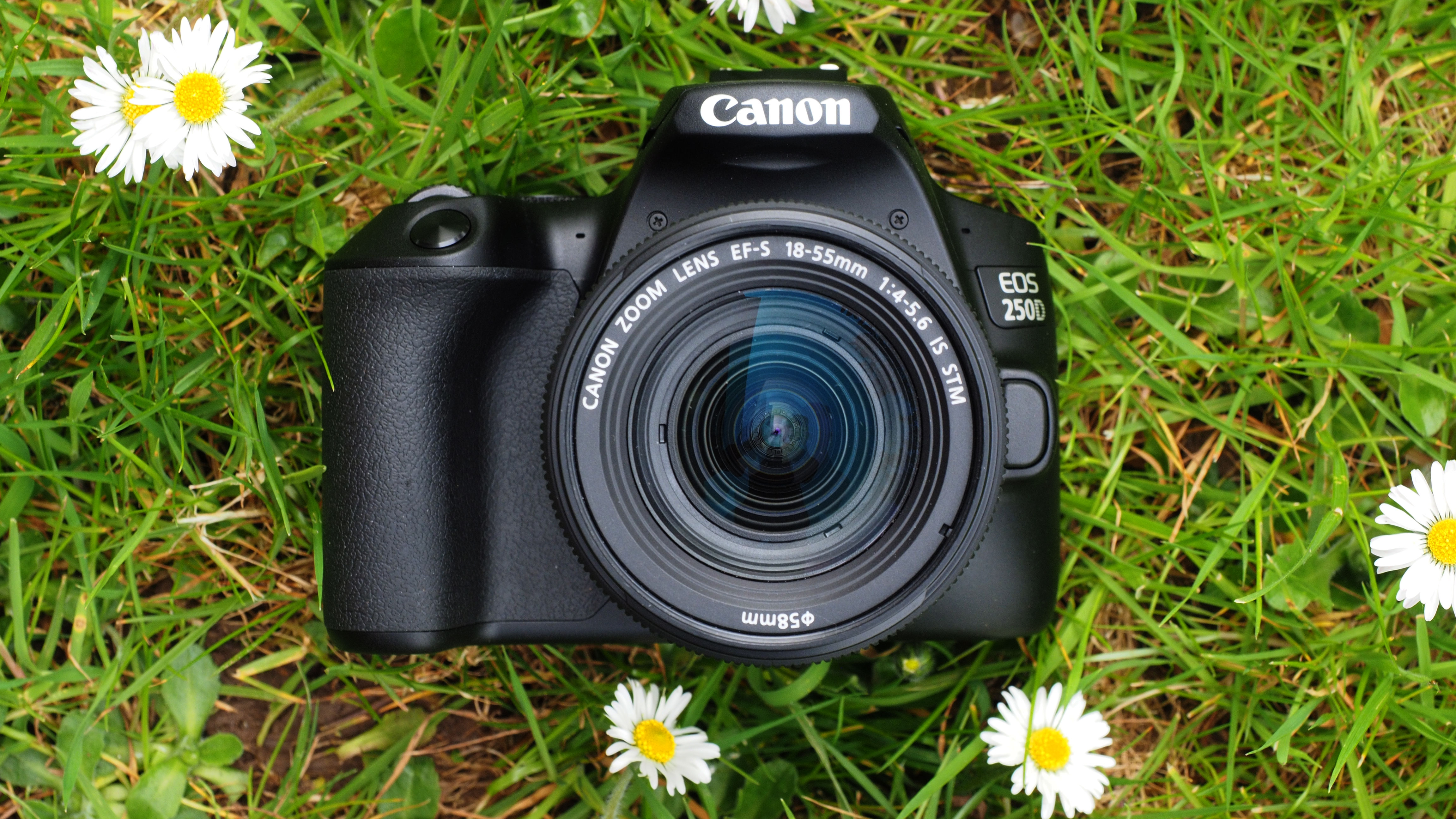
Specifications
Reasons to buy
Reasons to avoid
✅ You want your DSLR to be as small as possible: the SL3 is one of the smallest DSLRs ever - an ideal travel companion.
✅ You're just starting out: a guided menu system and touch-screen control are handy for beginners.
❌ You want to shoot lots of video: 4K video is technically present, but heavily compromised. Video AF is also not the fastest.
There are a few Canon cameras that are cheaper than the Canon EOS Rebel SL3 (known as the 250D in Europe) but they lack its features and build quality.
You don't have to pay that much extra to have features such as a vari-angle touchscreen, a 24.3-megapixel sensor with Canon's Dual Pixel CMOS AF Technology which makes the autofocus in live mode really fast – just like a mirrorless camera's – and guided screen options to help you learn. It's also capable of 4K video so if you think you might want to have a go at filmmaking, this may be better for you than the Nikon D3500.
Having used Canon's cheapest DSLRs (sorry, Canon), we think the EOS Rebel SL3/250D is definitely worth the extra.
Read our full Canon EOS Rebel SL3/250D review for more details

Lab results | Score | Rating |
|---|---|---|
Resolution (ISO 200) | 26/60 | ★★★ |
Dynamic range (ISO 200) | 11.68 EV | ★★★★ |
Noise (ISO 200) | 42.03 decibels | ★★★★★ |
Best for professionals

Specifications
Reasons to buy
Reasons to avoid
Sample images

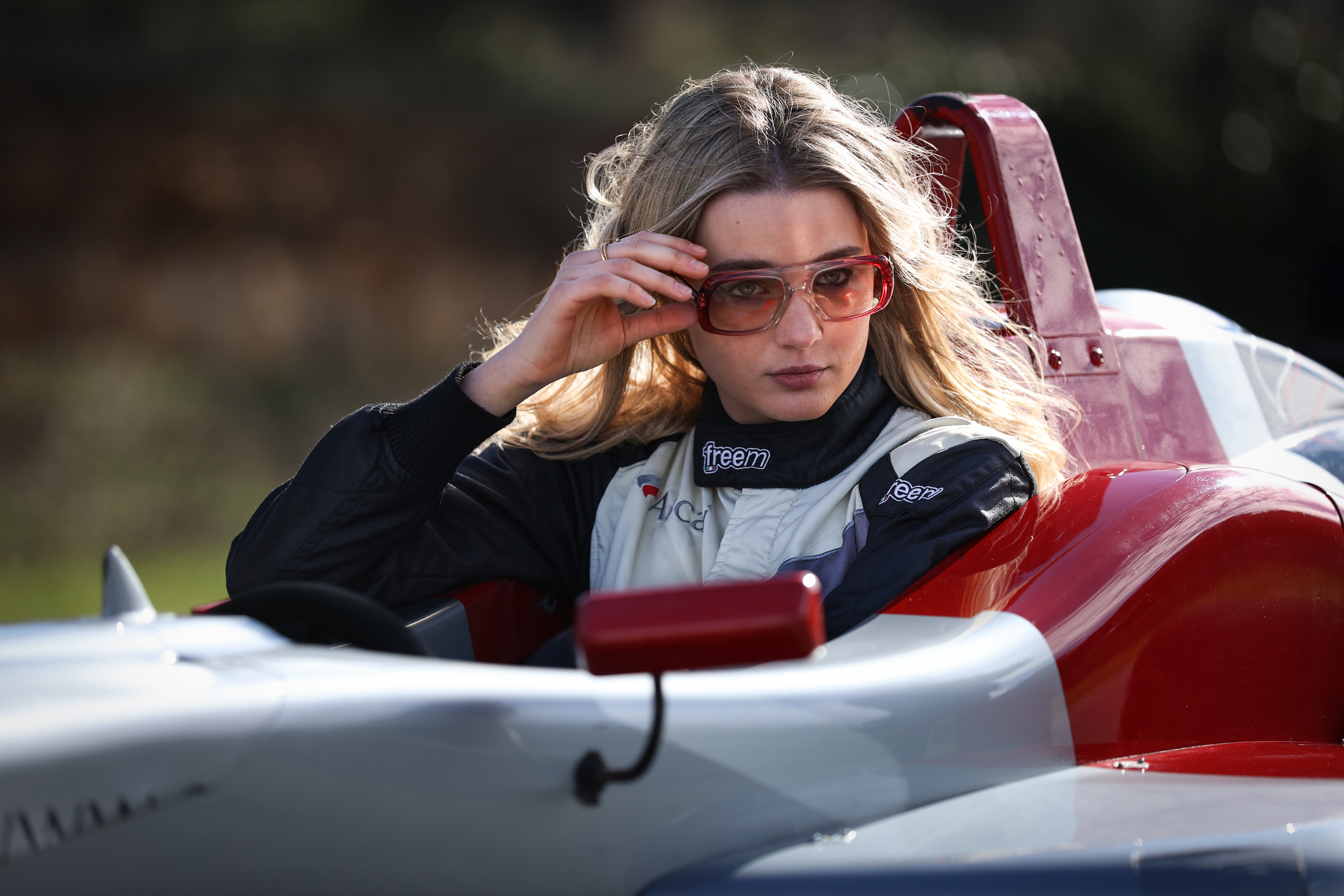


✅ You've got once chance to get the perfect shot: The EOS-1D X Mark III's cutting-edge AF hardly ever misses its mark.
✅ You want the best hybrid DSLR: With its uncropped 4K video, the EOS-1D X Mark III excels with both stills and video capture.
❌ You want speed AND detail: Cameras like the Sony a1 and Nikon Z9 have proven you don't need to sacrifice megapixels to get speed.
The Canon EOS1-D X Mark III is a pro-grade camera stuffed with cutting-edge tech. The high-spec treats include deep learning autofocus, an optical Smart Controller, CFexpress, HEIF and HDR PQ support, 12-bit internal 4K RAW, AF head tracking and plenty more besides. The EOS1-D X Mark III is a very clever camera that merges the benefits of DSLR and mirrorless cameras into a hybrid body that's equally adept at shooting stills and video.
Here you get the best of both worlds: the ultimate speed we love from a DSLR, paired with the accuracy of mirrorless body. This is a hugely versatile camera that adapts to the requirements of individual photographers and their shooting demands.
When reviewing the EOS1-D X Mark III we were also very pleased to find that Canon has finally managed to enable uncropped 4K video recording - a feature that had long eluded the manufacturer.
Read our full Canon EOS-1D X Mark III review for more details

Lab results | Score | Rating |
|---|---|---|
Resolution (ISO 200) | 26/60 | ★★★ |
Dynamic range (ISO 200) | 12.5 EV | ★★★★★ |
Noise (ISO 200) | 42.14 decibels | ★★★★★ |
Best for students

Specifications
Reasons to buy
Reasons to avoid
Sample images

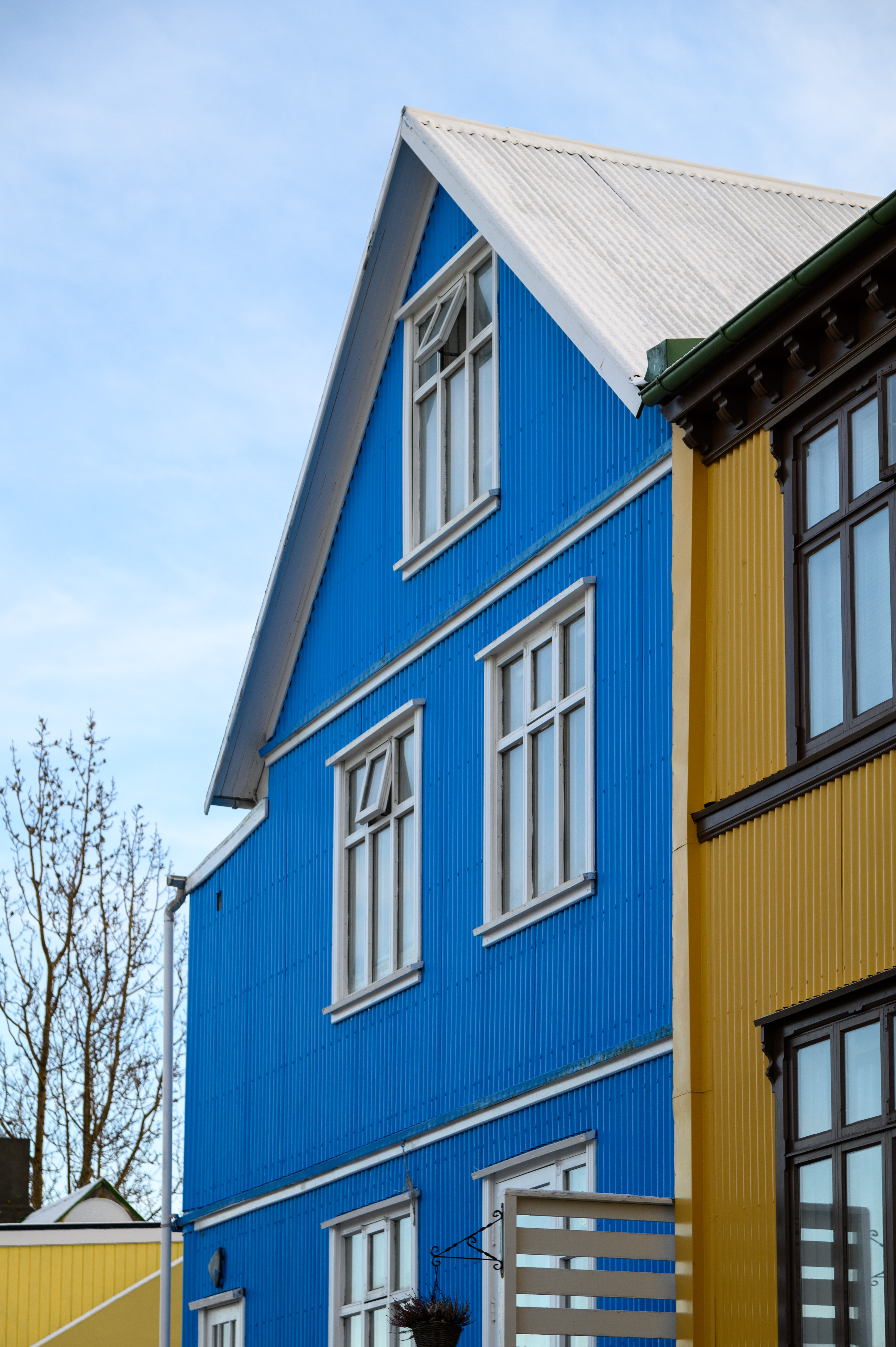


✅ You want Nikon's best value full-frame DSLR: The D780 is both well priced, and packed with advanced features.
✅ You want an excellent hybrid camera: The D780 is one of only a handful of DSLRs that can shoot uncropped 4K video.
❌ You shoot a lot with Live View: Though excellent, Live View focussing uses a different system to the viewfinder, which can take time to master.
The long-awaited upgrade to the much-loved Nikon D750 certainly didn't disappoint us. The Nikon D780 includes the same on-sensor phase detection autofocus as the Nikon Z6 to give the same mirrorless live view performance – a great advantage for stills photography and especially for video.
Admittedly, Nikon was a bit slow off the mark as Canon has used its own Dual Pixel CMOS AF in its DSLRs to do the same thing for years. However, the D780 doesn't just have advanced live view AF – it also comes with a high-resolution tilting touchscreen display, 4K UHD video, dual UHS-II compatible memory card slots, and continuous shooting speeds up to 12fps in live view mode.
Combine that with its solid design and comfortable grip and you've got a camera that's an instant classic. We found during our time reviewing the D780 that it combines a well-thought-out design with a solid build and very satisfying handling.
Read our full Nikon D780 review for more details

Lab results | Score | Rating |
|---|---|---|
Resolution (ISO 200) | 28/60 | ★★★ |
Dynamic range (ISO 200) | 12.12 EV | ★★★★★ |
Noise (ISO 200) | 41.5 decibels | ★★★★★ |
Best for astrophotography

Specifications
Reasons to buy
Reasons to avoid
Sample images
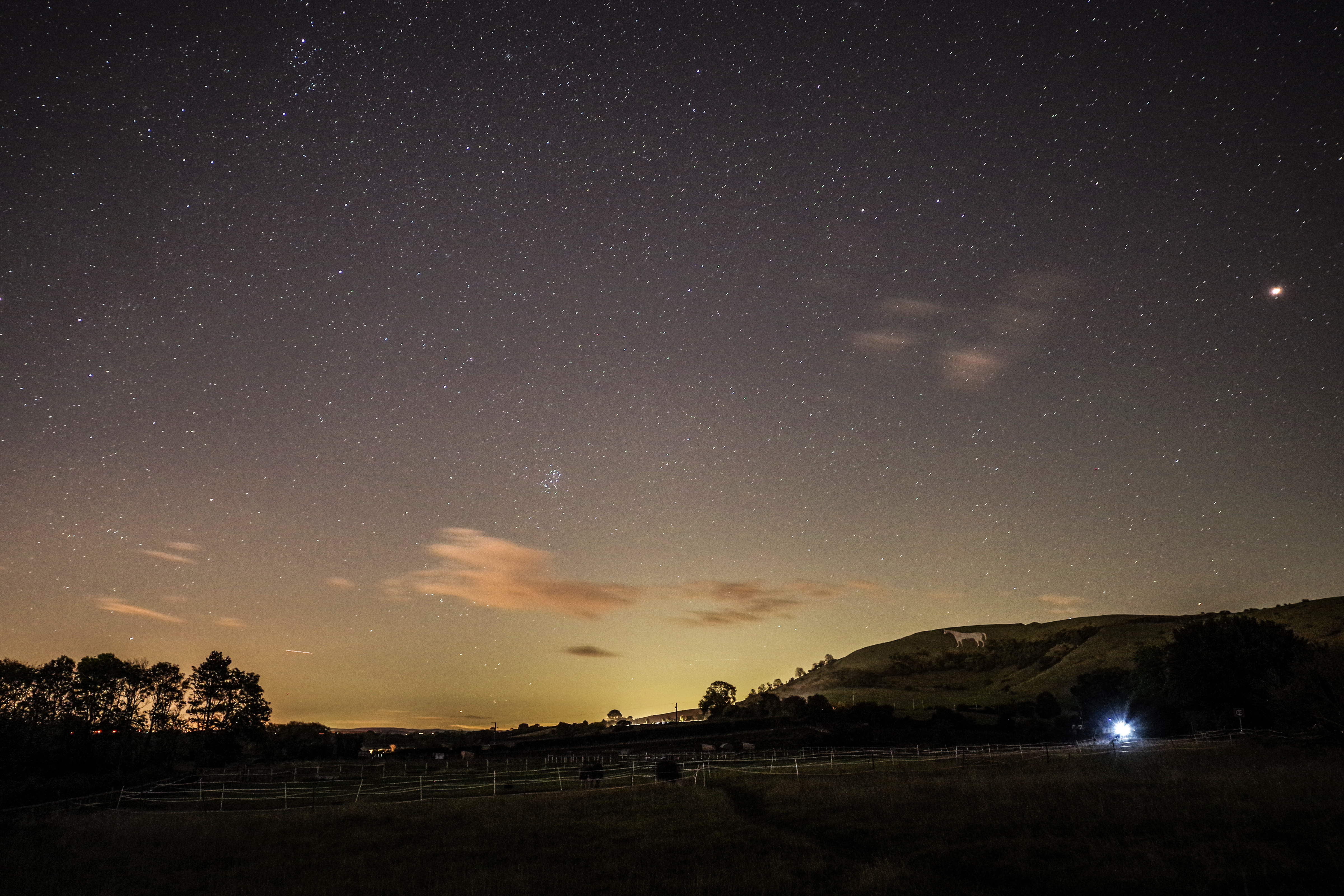

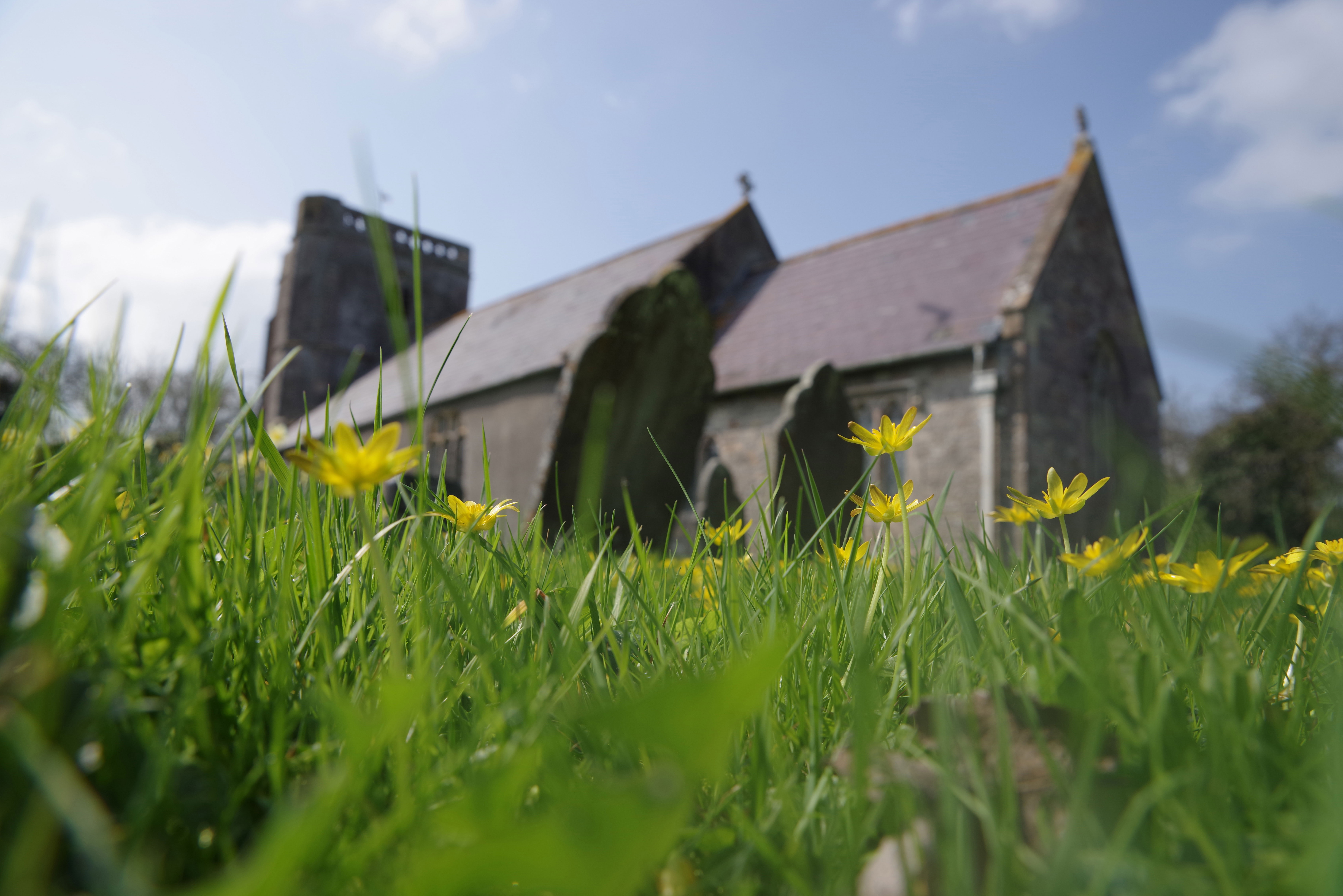
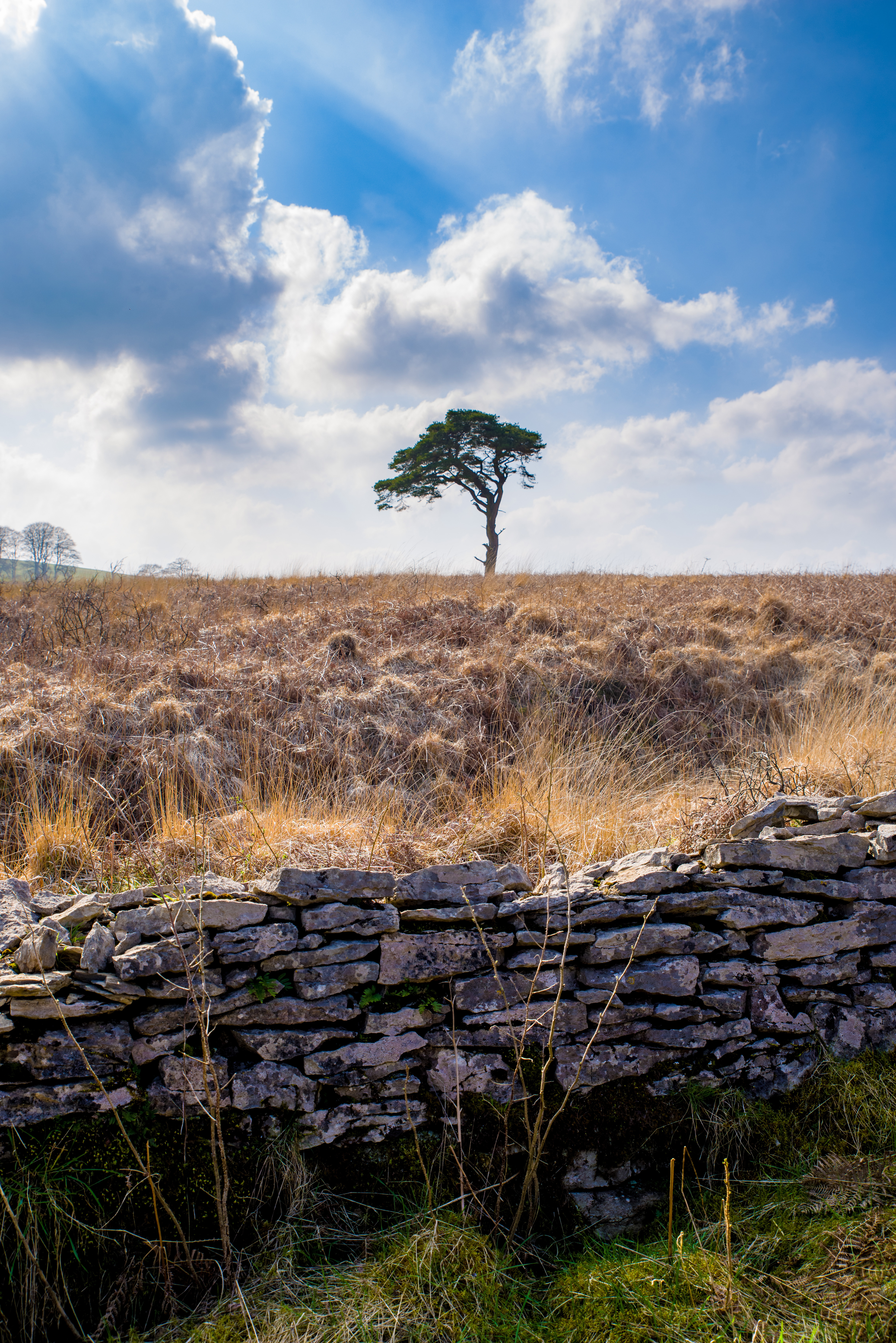
✅ You want maximum stabilization: Only Pentax offers sensor-shift stabilization, and it's great for getting sharp handheld shots.
✅ You're won over by features: That trick sensor opens up extra features like star tracing, anti-aliasing correction, and it's even able to increase fine detail.
❌ You want the latest AF tech: The K-1 II's 33-point AF system feels dated, especially for a flagship camera like this.
❌ Battery life is a priority: DSLRs usually have great staying power, but the battery life of the K-1 II is relatively lacklustre.
Even as the likes of Canon and Nikon abandon the DSLR format, Pentax continues on regardless, stick to what it knows best. Unsurprisingly then, we found the Pentax K-1 Mark II to be a typically solid yet unadventurous camera. It boasts a rugged, weather-sealed build, teamed with a very effective sensor-shift image stabilization system. The advantage of this technology is that it'll work with any attached lens, unlike rival Canon and Nikon DSLRs, which have to make do with lens-based optical image stabilization only.
Another benefit of in-body stabilization is the 5-axis stabilizer has trick modes that can enable anti-aliasing correction, and the system is even able to increase fine detail and texture using a Pixel Shift feature and multiple exposures. There's also an Astrotracer mode that helps stop stars appearing to streak across the night sky - a genuinely useful feature for astrophotography.
The K-1 Mark II is based around a 36-megapixel full-frame sensor, so you won't be short on resolving power. However we reckon the 33-point autofocus system feels outdated, and we found autofocussing in Live View to be particularly sluggish.
Read our full Pentax K-1 Mark II review for more details

Lab results | Score | Rating |
|---|---|---|
Resolution (ISO 200) | 34/60 | ★★★★ |
Dynamic range (ISO 200) | 12.5 EV | ★★★★★ |
Noise (ISO 200) | 42.7 decibels | ★★★★★ |
Best all-rounder

Specifications
Reasons to buy
Reasons to avoid
Sample images




✅ You want Canon's best-ever APS-C DSLR: Sure, the 7D II is more professional, but the 90D is much newer, and benefits from more modern tech and features.
✅ Detail capture is a priority: The 90D's high-res 32.5MP sensor excels at resolving fine detail.
❌ Low light performance is paramount: Those extra megapixels do come at the cost of noise, which can be visible even at middling ISOs.
❌ You want a great kit lens: The 18-135mm kit lens may have a good zoom range, but its optical quality is nothing special.
We think the Canon EOS 90D is the best Canon camera for those wanting a great all-rounder. It boasts ground-breaking specs that no other DSLR in this category can match, and it packs in an amazing 32.5 million pixels – the highest megapixel count for an APS-C DSLR - though you shouldn't expect to see any obvious and instant benefit in image quality.
It all depends on the lenses, and the 18-135mm kit lens supplied for our review is not one of Canon's best. Instead, we were able to revel in the 90D's 10fps continuous shooting capability and its uncropped 4K video capture – a consumer-level Canon that (finally) doesn't reduce the angle of view for 4K video.
The extra megapixels do dent the EOS 90D's high ISO/low light performance, but this camera has so many capabilities and so much potential, we think it's a dazzlingly good all-rounder for those that want to try every facet of photography. What's more, with its flip-out screen and Dual Pixel CMOS AF, it's just like using a mirrorless camera in live view mode.
Read our full Canon EOS 90D review for more details, or read our Canon EOS 90D vs EOS 80D vs EOS 7D Mark II
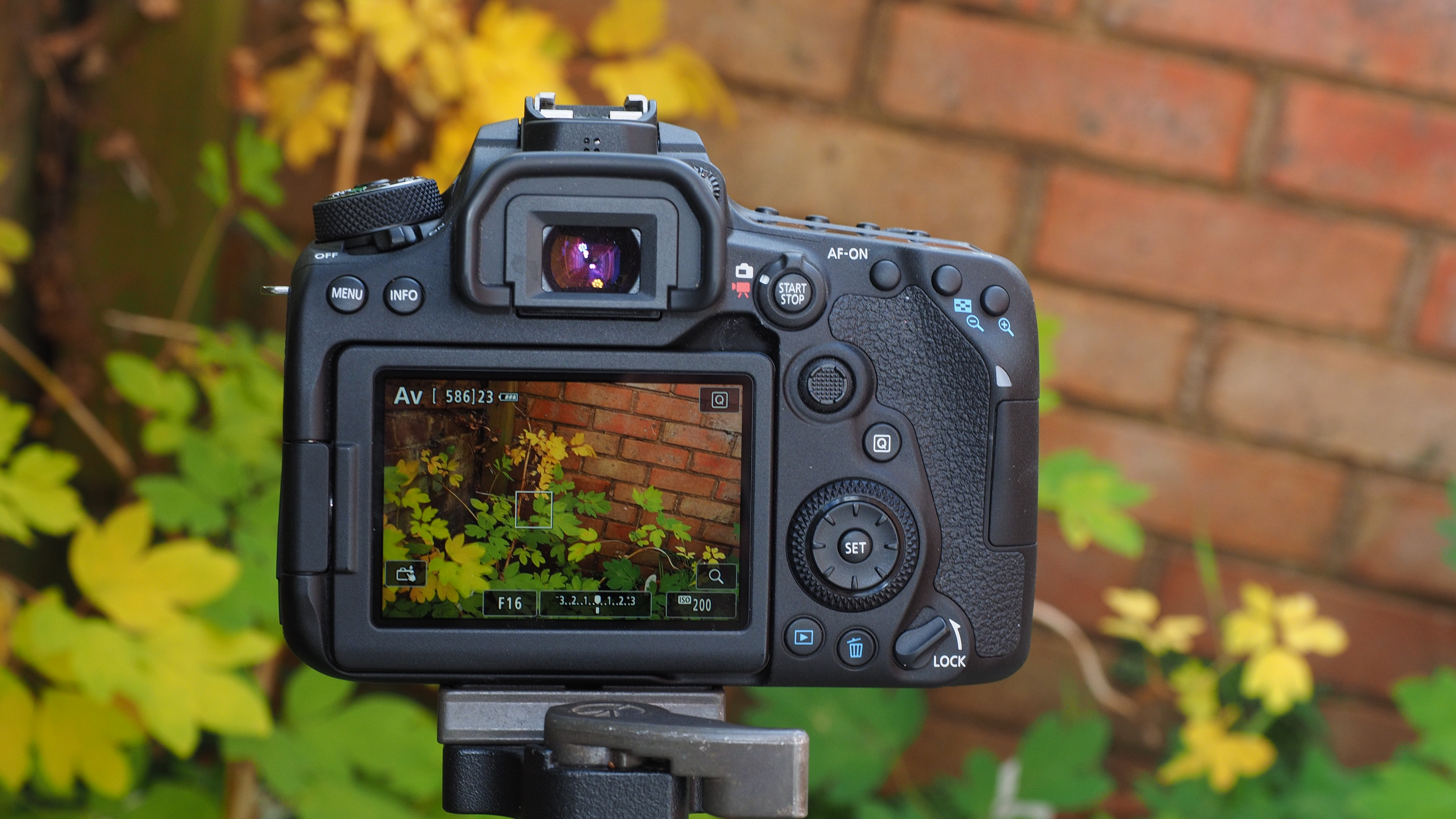
Lab results | Score | Rating |
|---|---|---|
Resolution (ISO 200) | 30/60 | ★★★★ |
Dynamic range (ISO 200) | 11.45 EV | ★★★★ |
Noise (ISO 200) | 39.74 decibels | ★★★★ |
Best for enthusiasts

Specifications
Reasons to buy
Reasons to avoid
✅ You'll be shooting in low light: The downgrade in megapixels is compensated by clear high ISO image quality.
✅ You want a powerful yet portable DSLR: The D7500 is an advanced camera, yet it's still quite compact and light.
❌ You're after maximum detail: Though the D7500's sensor is good, these days 20.9 megapixels is relatively low.
❌ You want pro features: There's only one card slot, 'only' 51 AF points, and you can't fit a battery grip.
Despite being released back in 2017, our time reviewing the D7500 has convinced us that the Nikon D7500 deserves recognition as one of the best DSLRs for enthusiasts, even now. It's a decent all-rounder and Nikon's equivalent to the Canon EOS 90D. It offers a slightly faster continuous burst shooting speed at 8fps, though lacks the resolution of the 90D.
The 51-point autofocus system is reliable and it has the ability to record 4K video. It has a tilting rear screen rather than the fully-articulated design on the EOS 90D and relies on slower contrast AF in live view mode, but if you do most of your shooting through the viewfinder these will be small points.
Nikon fans who like sports photography might also want to hunt down a Nikon D500, but this is a much more expensive camera and is now hard to find.
Read our full Nikon D7500 review for more details
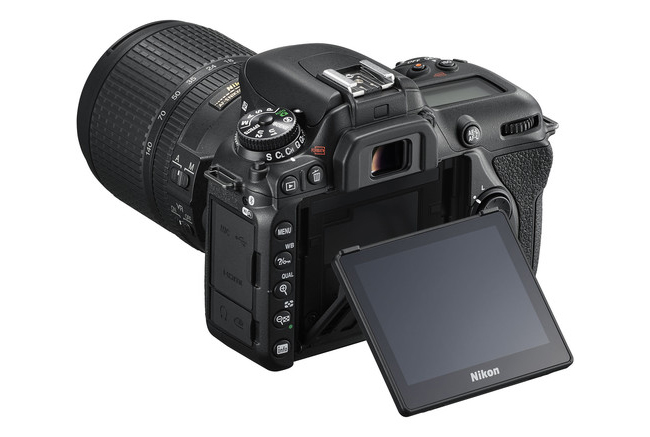
Lab results | Score | Rating |
|---|---|---|
Resolution (ISO 200) | 26/60 | ★★★ |
Dynamic range (ISO 200) | 12.19 EV | ★★★★★ |
Noise (ISO 200) | 39.01 decibels | ★★★★ |
Best option for just stills

Specifications
Reasons to buy
Reasons to avoid
Sample images

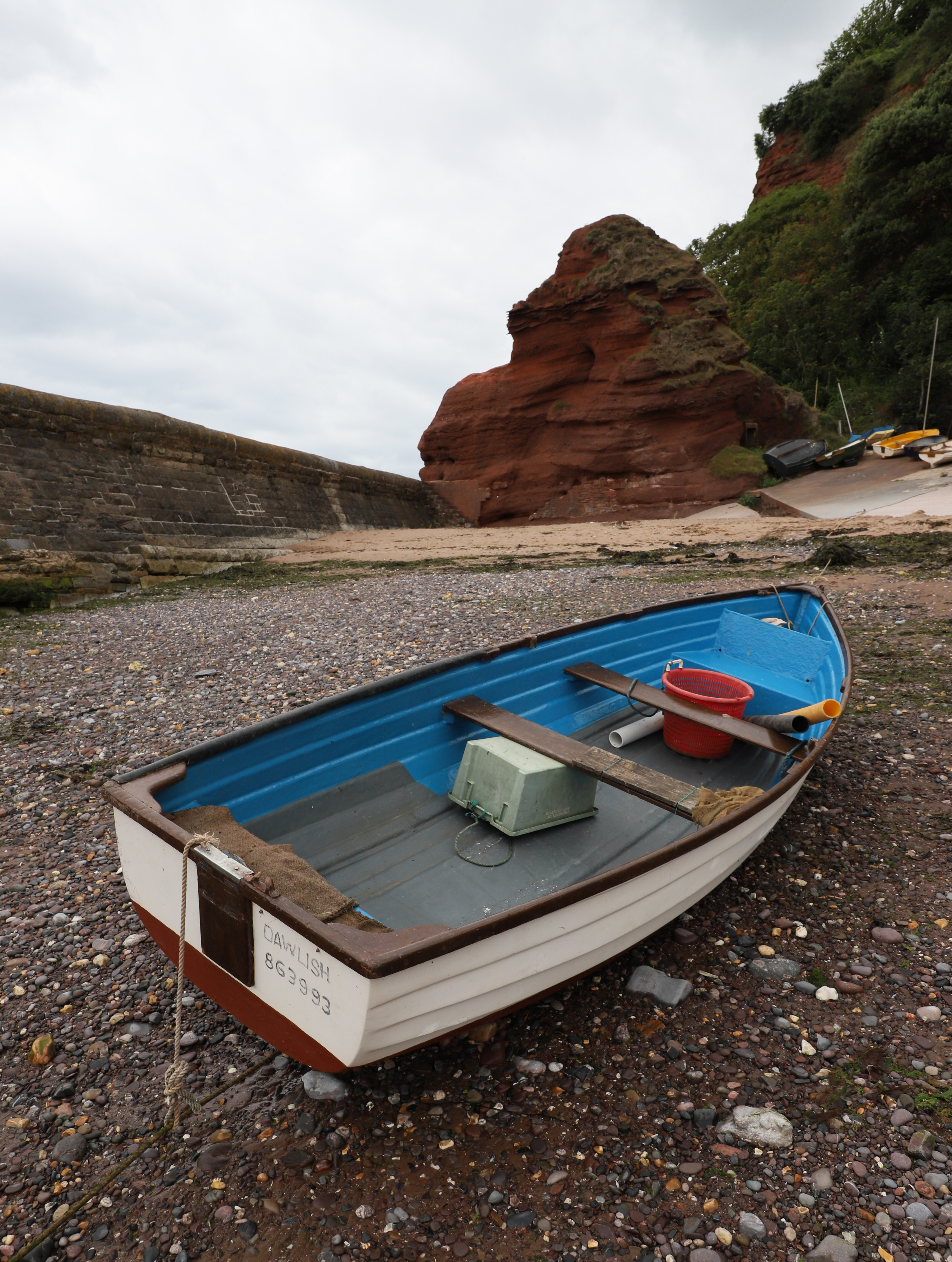


✅ You want an affordable full-frame DSLR: The 6D II was great value even when new, and it's an absolute steal now if you want a full-frame DSLR on a budget.
✅ You like shooting in Live View: Canon's excellent Dual Pixel AF system makes Live View AF fast and accurate.
❌ 4K video is a must: the 6D II tops out at Full HD 60fps video, which now looks dated next to today's 4K- and 8K-capable mirrorless cameras.
The Canon EOS 6D Mark II is now quite an old camera, but while its specifications are hardly cutting edge, this is still a powerful and versatile DSLR for photographers taking their first steps in full-frame photography. Most important of all, we think it's versatile, extremely well-designed, and straightforward to use.
The 26-megapixel sensor is good rather than great, but it does have Canon’s Dual Pixel CMOS AF system, so the live view autofocus is very fast and effective. The 45-point viewfinder AF system is pretty good too, although the focus points are all clustered toward the center of the screen.
The EOS 6D Mark II can capture images at 6.5fps in burst mode and has an extremely useful vari-angle touchscreen display. It has been upstaged somewhat by Canon's mirrorless models, but the 6D Mark II is still a solid buy that's cheaper than the Nikon D780.
Read our full Canon EOS 6D Mark II review for more details

Lab results | Score | Rating |
|---|---|---|
Resolution (ISO 200) | 28/60 | ★★★ |
Dynamic range (ISO 200) | 11.68 EV | ★★★★ |
Noise (ISO 200) | 43.59 decibels | ★★★★★ |
Best for stills and video

Specifications
Reasons to buy
Reasons to avoid
Sample images




✅ You want a good all-rounder: though the 5D IV isn't a class-leader in any one area, it does perform very well for both stills and 1080p video.
✅ You want a solid, dependable camera The 5D IV is built like a tank - it should shrug off years of heavy use.
❌ You want modern features: The 5D IV is now an old camera, so it lacks things like touch-screen control or deep-learning AF.
❌ You want to shoot lots of 4K video: 4K recording is cropped by a factor of 1.64x, making wide-angle shots tricky
Released in 2016, the Canon EOS 5D IV is still a popular camera among professional photographers. We we were very impressed with the camera when we reviewed it at its launch, though we have to admit that it's now showing its age both for resolution and its cropped 4K video.
Compared to the Nikon D850, its resolution might seem pretty average, but for lots of photographers 30 megapixels is more than enough and you can shoot 4K video with this camera too, but the format used means the files it outputs are good but massive.
The EOS 5D Mark IV features Canon's Dual Pixel CMOS AF which means users benefit from fast autofocus performance in live view and video modes. It's robust, reliable, and weather-resistant which is a major plus for pro photographers.
Sadly, Canon has shifted all its attention to its EOS R Series mirrorless cameras, so it's almost certain we'll never see a successor to the EOS 5D IV.
Read our full Canon EOS 5D Mark IV review for more details

Lab results | Score | Rating |
|---|---|---|
Resolution (ISO 200) | 32/60 | ★★★★ |
Dynamic range (ISO 200) | 12.71 EV | ★★★★★ |
Noise (ISO 200) | 41.13 decibels | ★★★★★ |
How we test DSLR cameras
We test DSLR cameras both in real-world shooting scenarios and in carefully controlled lab conditions. Find out how we test and review on Digital Camera World.
Our lab tests measure resolution, dynamic range, and signal-to-noise ratio. Resolution is measured using ISO resolution charts, dynamic range is measured using DxO Analyzer test equipment and DxO Analyzer is also used for noise analysis across the camera's ISO range. We use both real-world testing and our lab results to inform our comments in buying guides.
Get the Digital Camera World Newsletter
The best camera deals, reviews, product advice, and unmissable photography news, direct to your inbox!

For nearly two decades Sebastian's work has been published internationally. Originally specializing in Equestrianism, his visuals have been used by the leading names in the equestrian industry such as The Fédération Equestre Internationale (FEI), The Jockey Club, Horse & Hound, and many more for various advertising campaigns, books, and pre/post-event highlights.
He is a Fellow of the Royal Society of Arts, holds a Foundation Degree in Equitation Science, and holds a Master of Arts in Publishing. He is a member of Nikon NPS and has been a Nikon user since his film days using a Nikon F5. He saw the digital transition with Nikon's D series cameras and is still, to this day, the youngest member to be elected into BEWA, the British Equestrian Writers' Association.
He is familiar with and shows great interest in 35mm, medium, and large-format photography, using products by Leica, Phase One, Hasselblad, Alpa, and Sinar. Sebastian has also used many cinema cameras from Sony, RED, ARRI, and everything in between. He now spends his spare time using his trusted Leica M-E or Leica M2, shooting Street/Documentary photography as he sees it, usually in Black and White.
- Ben Andrews
- James ArtaiusEditor in Chief
